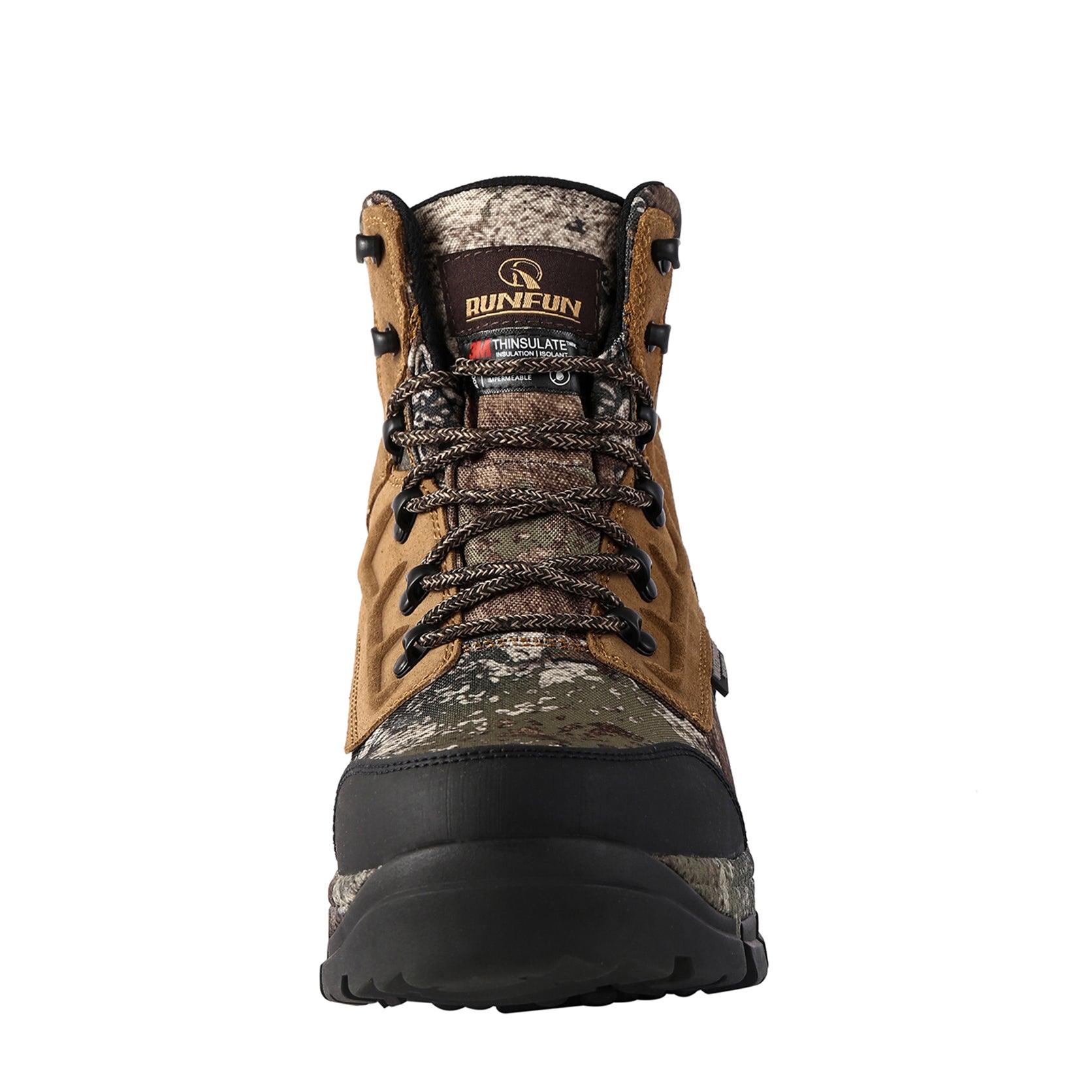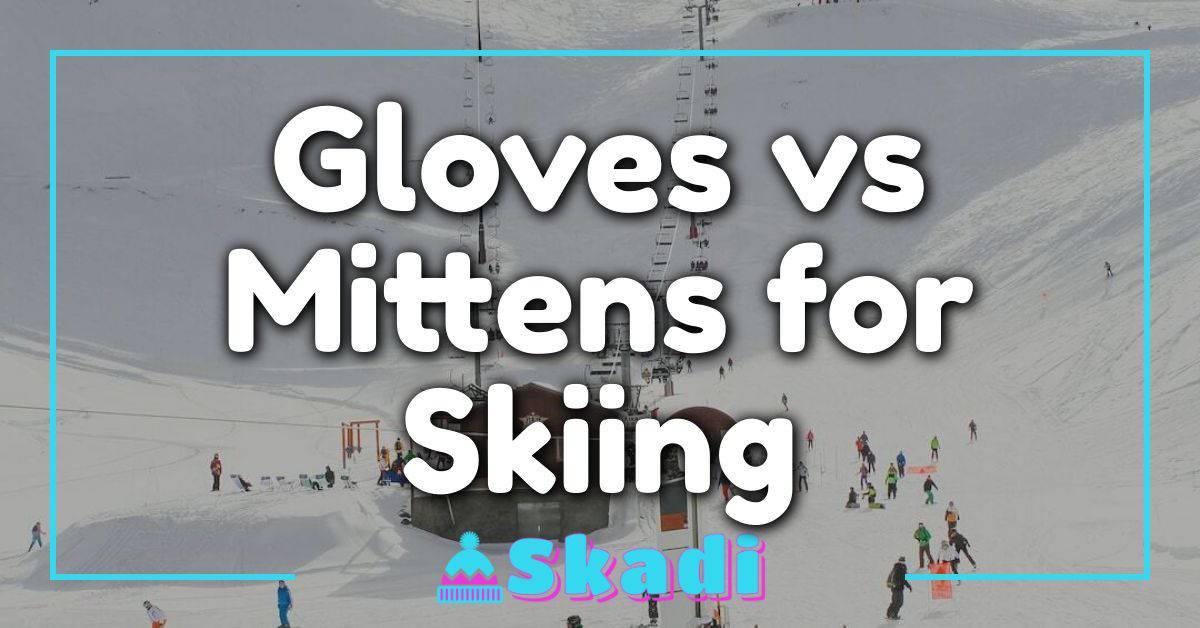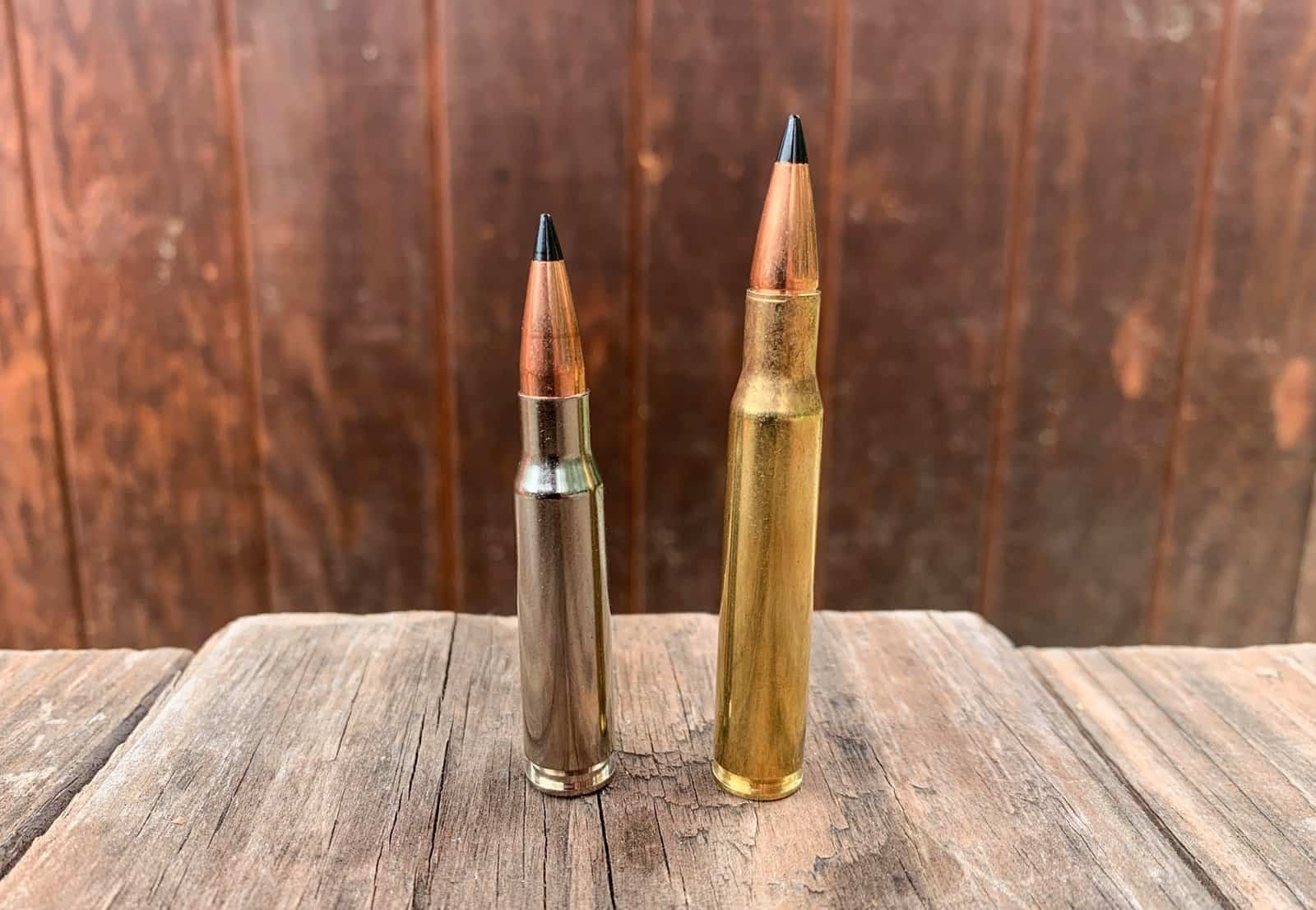Gore-Tex is a waterproof, breathable fabric, while Thinsulate is a synthetic insulation material designed for warmth. Both materials cater to different aspects of weather protection.
Choosing the right material for outdoor apparel requires understanding the specific needs of the activity and climate. Gore-Tex, known for its water-resistant and breathable qualities, excels in wet conditions, helping to keep the wearer dry while allowing sweat to escape.
This technology is ideal for rain gear, outerwear, and footwear when staying dry is paramount. On the other hand, Thinsulate is a thermal insulation fabric that traps and holds body heat, providing exceptional warmth without the bulk commonly associated with insulation. It is a great choice for cold-weather gear, such as gloves, boots, and winter jackets, where maintaining body temperature is crucial. Both materials are durable, but their application is dictated by whether the priority is preventing moisture penetration or retaining heat.

Credit: issuu.com
Gore Tex And Thinsulate Demystified
In the battle against cold and wet conditions, two materials stand out: Gore Tex and Thinsulate. They protect and keep you comfortable in harsh weather. But what sets them apart? Let’s dive deep into the science that makes Gore Tex and Thinsulate the leaders of outdoor comfort and protection.
Material Science Behind Gore Tex
Gore Tex is a wonder of material science. At its core, it is a breathable, waterproof membrane with remarkable properties. Here’s what makes it special:
- Thin PTFE Layer: The secret is in its very thin polytetrafluoroethylene (PTFE) layer.
- Microscopic Pores: This layer has over 9 billion tiny pores per square inch.
- Moisture Transfer: These pores are 700 times larger than a water vapor molecule, but 20,000 times smaller than a water droplet, making the material breathable yet waterproof.
- Durable Water Repellent: An added DWR coating makes water bead up and roll off.
Understanding Thinsulate’s Insulation Technology
On the flip side, Thinsulate is a synthetic insulation technology designed to keep you warm. Here’s how it works:
- Thin Fibers: Thinsulate is made of very thin fibers, finer than those in traditional insulating materials.
- Trapping Air: These fibers trap more air in less space, which is how our bodies stay warm.
- Moisture Resistance: Thinsulate also resists moisture, maintaining warmth even in damp conditions.
- Breathability: It allows moisture from the body to escape, ensuring dryness and comfort.
Together, Gore Tex and Thinsulate make a dynamic duo for outdoor apparel, each bringing its unique attributes to the table for ultimate climate control.
Weatherproof Qualities Examined
When choosing outdoor gear, the battle often comes down to Gore Tex versus Thinsulate. Both offer unique benefits to adventurers. Understanding the weatherproof qualities of these materials can clarify which is best for your needs.
Water Resistance Of Gore Tex Fabrics
Gore Tex shines with its exceptional water resistance. Its membrane contains over 9 billion pores per square inch. These pores are 20,000 times smaller than water droplets. This means rain can’t pass through, but sweat vapor can. Look at the characteristics:
- Windproof: Blocks chilling winds effectively.
- Waterproof: Keeps you dry in heavy rain and snow.
- Breathable: Allows body moisture to escape, preventing overheating.
Thinsulate’s Heat Retention Capabilities
Thinsulate is all about keeping you warm. This synthetic material provides powerful insulation. Even when damp, Thinsulate retains its insulating properties. Check out its advantages below:
| Property | Benefit |
|---|---|
| Less Bulk | Provides warmth without the weight. |
| Moisture-Resistant | Keeps insulating when wet. |
| Flexibility | Enables freedom of movement. |
Both materials promote comfort and protection. Choosing depends on your primary need: warmth or dryness.
Durability In Extreme Conditions
When you step into nature’s extremes, your gear’s durability is crucial. Quality materials like Gore-Tex and Thinsulate make a big difference. They keep you dry and warm in harsh weather. But, how do they last when pushed to their limits?
Longevity Of Gore Tex Products
Gore-Tex is famous for its long-lasting protection. Its products go through tough tests. They must pass before landing in stores. Outdoor enthusiasts trust Gore-Tex for a good reason. It withstands heavy rain, snow, and wind for many years.
- Resistant to repeated flexing & folding
- Able to keep its waterproof qualities over time
- Membrane remains intact even after intense use
Thinsulate Wear And Tear Assessment
Thinsulate, on the other hand, shines in insulation. Its thin fibers trap air to keep you warm. But how does it cope with wear and tear?
| Usage | Wear Level |
|---|---|
| Mild | Low wear, remains effective |
| Moderate | Some wear, insulation slightly decreases |
| Extreme | Higher wear, needs more frequent replacement |
Thinsulate material may thin out over time, but it keeps you warm for many winters. It can suffer from compression in heavy-use areas, leading to reduced insulation.

Credit: issuu.com
Comfort And Breathability Face-off
Choosing between Gore-Tex and Thinsulate for outdoor gear involves a ‘Comfort and Breathability Face-Off.’ Comfort keeps you cozy, while breathability prevents overheating. Let’s explore what Gore-Tex and Thinsulate offer in these areas.
Analyzing Gore Tex’s Comfort Factor
Gore-Tex stands out for its comfort levels. Known for being a waterproof, wind-resistant fabric, it maintains a lightweight feeling. Below are features that make Gore-Tex comfortable:
- Soft and pliable texture
- Windproof components that block chilling breezes
- Effective insulation even when stretched or compressed
The fabric’s structure allows a fit that moves with your body. This adaptability combines with protective elements, making Gore-Tex ideal for various climates and activities.
Breathability Index Of Thinsulate Insulation
Thinsulate insulation excels in trapping warmth. Its breathability powers hinge on its unique design. A closer look reveals:
- Fine microfibers that enhance airflow
- Moisture-resistant technology
- Less bulk, promoting better ventilation
Thinsulate fibers are thinner than other synthetic insulations. This thinness boosts breathability without compromising heat retention. Users stay dry and comfortable even during high-energy activities.
| Feature | Gore-Tex | Thinsulate |
|---|---|---|
| Waterproofing | Excellent | Good |
| Wind Resistance | Excellent | Good |
| Warmth | Depends on layering | High |
| Breathability | Good | Very Good |
| Comfort | High | High |
Versatility For Various Activities
When picking the right fabric for outdoor gear, the choice often boils down to two contenders, Gore-Tex and Thinsulate. Each material suits different weather conditions and activities. Outdoor enthusiasts and everyday winter wanderers alike need insulation that adapts to their lifestyle. Now, let’s explore the unique benefits of Gore-Tex in active sports and Thinsulate in day-to-day winter wear.
Gore Tex In Active Sports
Gore-Tex is a powerhouse for active sport enthusiasts. Its waterproof, windproof, and breathable qualities make it ideal for skiing, hiking, and climbing. Here’s why Gore-Tex stands out:
- Durability: Withstands harsh conditions and rough terrain.
- Breathability: Releases sweat, keeping you dry during intense activity.
- Waterproofness: Keeps you dry in snow and rain.
Thinsulate For Everyday Winter Wear
On the flip side, Thinsulate shines for daily winter use. It’s incredibly warm and lightweight, which is perfect for casual outings. See Thinsulate’s everyday benefits below:
| Feature | Benefit |
|---|---|
| Less Bulk | Easy to move and go about your day. |
| Heat Retention | Traps and holds body heat. |
| Moisture Resistance | Endures light rain and snow. |

Credit: runfunfootwear.com
The Cost-benefit Analysis
Choosing between Gore-Tex and Thinsulate involves weighing costs against benefits. Both materials offer protection against the elements, yet they cater to different needs and budgets. Understanding the value each material provides can help you make an informed decision.
Pricing Comparison
Gore-Tex and Thinsulate differ in pricing.
| Material | Average Cost |
|---|---|
| Gore-Tex | Higher priced |
| Thinsulate | More affordable |
Gore-Tex generally demands a higher price due to its brand name and patented technology. Thinsulate, on the other hand, is a cost-effective alternative offering substantial insulation.
Value For Money Across Weatherproof Solutions
Value for money matters when choosing a weatherproof solution.
- Gore-Tex: excels in durability and breathability; ideal for wet climates.
- Thinsulate: offers effective insulation; best for cold, dry conditions.
Your choice should align with your specific weather encounters. Consider the following aspects to assess value:
- Longevity of the material
- Effectiveness in various climates
- Maintenance requirements
Gore-Tex might be more expensive initially, but its performance in wet conditions can justify the cost. Thinsulate provides warmth without a hefty price tag, making it a budget-friendly option for dry, cold environments.
Environmental Footprint And Sustainability
The fashion industry is rapidly evolving with a growing emphasis on sustainability and reducing environmental impact. Among outdoor enthusiasts, Gore-Tex and Thinsulate are household names. These materials keep us warm and dry but at what cost to our planet? Understanding the ecological footprints of Gore-Tex and Thinsulate is essential in making informed choices as consumers.
Ecological Impact Of Gore-tex Production
Gore-Tex, known for its waterproof, breathable fabrics, has a complex production process. Raw materials extraction and manufacturing involve substantial energy consumption.
- PFCs: The use of perfluorinated compounds (PFCs) in manufacturing poses risks to the environment.
- Energy-intensive: High energy requirements for creating the membrane and laminating fabrics.
- Water usage: Large volumes of water are necessary during the production phase.
Despite these challenges, Gore-Tex has implemented measures to mitigate environmental harm. The company has set objectives to reduce PFCs and invest in more sustainable practices.
Thinsulate’s Environmental Commitments
Thinsulate, on the other hand, is a synthetic fiber insulation with a different environmental profile.
| Commitment | Action |
|---|---|
| Recycled Materials | Integrating post-consumer recycled plastics in fibers. |
| Energy Efficiency | Adopting manufacturing processes that reduce energy use. |
| Reduced Emissions | Striving for lower greenhouse gas emissions throughout production. |
Thinsulate is also focusing on long-term sustainability by innovating eco-friendly insulation solutions that do not compromise on performance.
Final Verdict: Making The Right Choice
Choosing between Gore-Tex and Thinsulate feels like a tough decision. Both materials boast unique strengths. Yet, one may serve outdoor enthusiasts better than the other.
Tailored Recommendations Based On Needs
Pick Gore-Tex if waterproofing tops your priority list. Its breathable fabric keeps water out and lets sweat escape. Ideal for wet climates, Gore-Tex also offers decent insulation.
For cold but dry conditions, Thinsulate shines. It traps body heat without bulkiness. This synthetic fiber is perfect for athletes needing warmth plus flexibility.
| Activity | Gore-Tex | Thinsulate |
|---|---|---|
| Hiking in Rain | ✅ | ❌ |
| Winter Sports | ❌ | ✅ |
| Everyday Wear | Depends on Climate | Depends on Activity |
Concluding Thoughts On Weatherproof Technologies
- Gore-Tex offers top-notch waterproofing.
- Thinsulate ensures supreme insulation.
- Consider environment and activity before choosing.
- Quality gear increases comfort and safety outdoors.
Both Gore-Tex and Thinsulate lead in their respective fields. Assess your needs, check the forecast, and select the tech that matches your outdoor plans.
Frequently Asked Questions On Gore Tex Vs Thinsulate
Which Is Warmer: Gore Tex Or Thinsulate?
Gore-Tex provides excellent water resistance and breathability but is not insulation. Thinsulate, made from synthetic fibers, provides high warmth-to-thickness ratio capturing body heat efficiently. However, warmth level can depend on Thinsulate’s thickness and garment design.
Can Gore Tex Be Used In Extreme Cold?
Gore Tex itself isn’t insulation, so it’s not inherently warm. However, it excels at keeping you dry in extreme cold conditions when layered with insulation like Thinsulate. Its breathable, waterproof barrier is best paired with appropriate insulation for cold weather.
What Are The Advantages Of Thinsulate Over Gore Tex?
Thinsulate’s primary advantage over Gore Tex is its insulating properties. It’s designed to retain body heat, providing warmth without bulk. Although not waterproof like Gore Tex, Thinsulate insulates even when damp and is commonly used in winter gear for its heat retention.
Is Thinsulate Waterproof Like Gore Tex?
Thinsulate itself is not waterproof. It’s an insulating fabric designed to hold warm air close to the body. However, it can be paired with waterproof materials like Gore Tex in footwear and clothing to provide warmth and dryness.
Conclusion
Wrapping up, the choice between Gore-Tex and Thinsulate depends largely on your specific needs. Outdoor enthusiasts seeking breathability and waterproofing might lean towards Gore-Tex. Those in need of warmth in frigid conditions may favor Thinsulate. Both materials offer distinct benefits, leaving the ultimate decision to personal preference and environment.
Prioritize your comfort and safety to make the best selection for your adventures.



